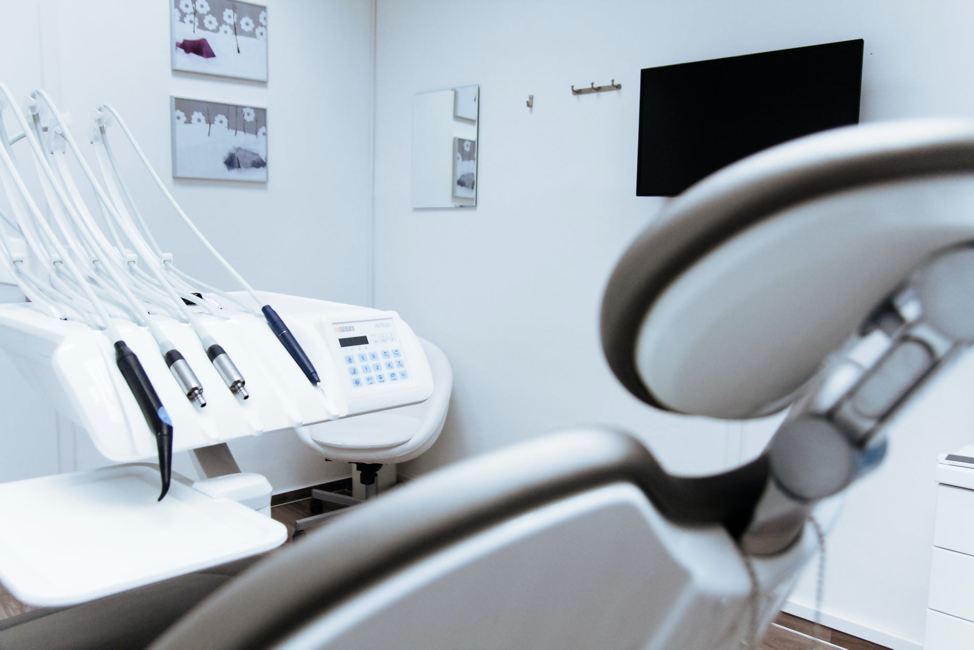What are the trends in endodontics for 2019-2020? In endodontics, research has enabled medical professionals to come to a moment of enlightening in treatment delivery, treatment planning, and diagnosis. The future of endodontists and the field of endodontic dentistry lie before the exponential curve of change. Change is perhaps the only constant element of the future, and those who can adapt well to changes in the future while learning from the past can succeed as endodontic clinicians.

Trends in Endodontics
Endodontic has experienced 4 major influential changes. To begin with, the rapid spread of endodontic information and technology has forever transformed endodontics in the finest way possible. Such a transformation has succeeded in making endodontic procedures safer, easier, predictable, and consequentially less-stressful for the patient and the dentist. Endodontic clinicians find this field more profitable now and the patients, a sound investment.
Secondly, the incorporation of an interdisciplinary approach with endodontic to dentistry has become an integral part of the process of comprehensive treatment planning. This has been done by facilitating the invaluable contribution by endodontists to predictable outcomes of patients.
Thirdly, the increase in longevity means that patients will and are living longer, so they possess a deep desire to look and feel good. This longevity element has also made it possible to be healthier than ever before.
Fourth, the value of the predictable rescue and treatment of internally diseased teeth now gives tough competition to the success rates of implant placement. Through the time span of these 4 major changes, what has remained the steady and continuous prove protocol for long term endodontic success is the characteristic endodontic triad of preparation, disinfection, and obturation. A steady stream of latest, endodontic technologies in the past 20 years, have made it possible for dentists to understand and embrace these changes and to improve and build on the endodontic triad’s main 3 domains.
Endodontic can perhaps be described as the only dental discipline which is truly done in the “dark” as described by endodontic clinicians. Can anyone of us ever perceive removing crown prep, fixing an implant and extracting a tooth? Or in simple words, can any of us take a dental impression with our eyes closed? This is the exact procedure that endodontic clinicians carry out in endodontic. The process cannot be seen and done simultaneously. Endodontic clinicians must rely largely on different feedback to be sure of the predictability of their radicular endodontic obturation and preparation.
Six endodontic technologies, as described below, have come about in the last two decades, enabling dentists to see and be aware of things that were not possible for them before:
1. Microscopes
Microscopes make it possible for endodontic clinicians to prepare an access cavity and locate all the canals successfully. It also helps them in facilitating the diagnosis like the observations of vertical hairline fractures. A microscope makes it possible for a dentist to see reality more starkly through a combination of magnification and illumination. This is turn vastly modifies the planning of treatment. Dr. Gary Carr is most often given credit for being the pioneer of this transformational trend.
2. Digital Imaging
Digital imaging has made it possible for dentists to read images more in detail and with more clarity.
3. Tooth Atlas
This technology offers features that have interactive visualizations of 3-D of the real tooth of root canal systems. It also helps endodontic clinicians in literally practicing virtual endodontics before a patient can be treated.
4. Apex Locators
These locators identify physiologic terminus with more clarity and precision.
5. 3-D CBCT
This technology makes it possible for a dentist to look inside the patient’s tooth. As per the claims are given by dentists’, when they can see it, they can do it.
6. Nickel Titanium
This technology is an endodontic shaping instrument. These instruments have mode the shaping process more efficient, easier, safer, and predictable than ever before. With improved and modified metallurgy and designs, almost all of the companies of endodontic have produced a satisfactory NiTi file. In these instruments, some, however, have higher quality and higher value compared to others.
With the emergence of these 6 six technologies, endodontic clinicians have been able to come out of the dark successfully. They have given dentists a new level of consistency, competency and confidence. These technologies have yield forth improved results which are really essential because in the future, endodontic clinicians will no longer require reimbursements by the procedure. They will instead deliver documented endodontic value, quality and patient outcomes based on their capacity.

This value-added care approach is going to be driven by systems of performance management. There are new reimbursement models that symbolize a huge shift in determining the value of the endodontic treatment that has been delivered. Procedural outcomes by dentists will require data analysis, social media, gap analysis, cloud computing, and artificial intelligence.
To avail the best endodontic treatment for root canal treatment and more, contact the experts. They use the most advanced technology available to provide the best and the most fail-proof treatment.
Young Bui, DDS
30 East 40th Street Suite 1201
New York, NY 10016
646-205-3045
Drendo4u@yahoo.com
